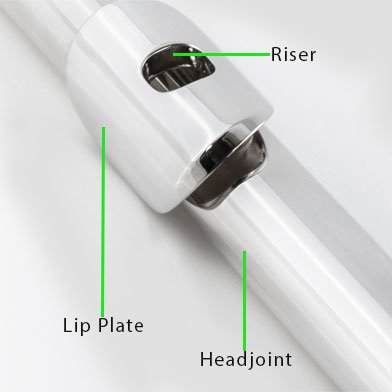Violin Strings
Its amazing to think that stringed instruments have been around for over 3000 years. Some of the first instruments known are lyres which would have had strings which were either plucked or bowed. Their development really accelerated during medieval times, and in Europe we began to see some of the first pear shaped instruments which started to point towards the violin and fiddle.
Strings were made from sheep or goat intestines when the first strung instruments began to appear, and after 3000 years of evolution they are still widely used today.
Violin strings can be broken down into three categories
Gut Strings (Cat Gut Strings)
Gut strings are made mostly from the wall of sheep or goat (never cat) intestines fibres but can also include cow or horse. Because this is such an organic material the sound they produce can be very warm and subtle but because of such an organic material the lifespan can be short. It is also worth noting that gut strings can be much more expensive than other types.
Popular Gut Strings




Synthetic Strings
As you may have already guessed there is an alternative, man made version of gut strings which aim to reproduce the sound of gut but are longer lasting and easier to maintain tuning. They are made from multiple synthetic fibres strands such as nylon, and resist corrosion much better. They also produce a warmer tone and are very popular with strings players.
The first synthetic strings were produced in the early 1970’s by Thomastik-Infeld and were called Dominants. They are still by far the most popular choice for intermediate players and most of our full-size hire violins use these strings.
Over the years many other manufacturers have started to produce similar strings.
Popular Synthetic Strings




Steel Strings
Steel core strings have become extremely popular among non-classical players. Not only do they produce a clear and bright sound, they are very stable and hold their tuning. They can also be purchased at the cheaper end of the scale. They can be very good for smaller instrument such as 1/8, ½, and ¼ violins as they help the violin produce that brighter sound even with a smaller body. It also makes a lot of sense that the younger players have strings fitted that need less tuning.
Popular Steel Strings




Strings Tension/Gauge
There are many strings that are available in light, medium, or heavy string tensions. What is string tension? String tension is determined by the amount of mass wound around the strings, its length and vibration.
The difference between the tensions on the sound produce is straight forward. In summary, high string tensions can be louder and have a fuller sound, but as there is more mass they are more difficult to control, especially when playing something gentle and soft. This, as you would expect is reversed when using low tension strings, they enable the string player to play with expression but nowhere near the same volume. If you are just starting, we would recommend you opt for medium tension which falls in the middle of the two and gives you a broad range to work with before deciding whether you need light or heavy string tensions.
Need to hire a violin? We can help







